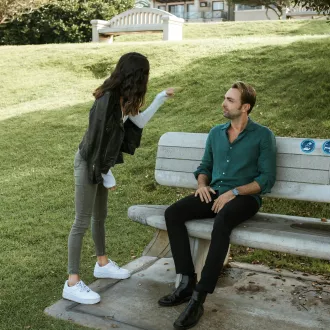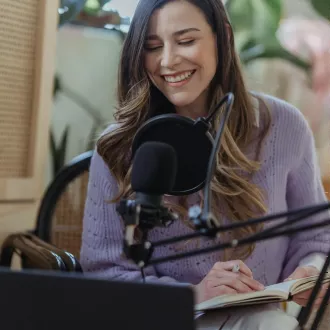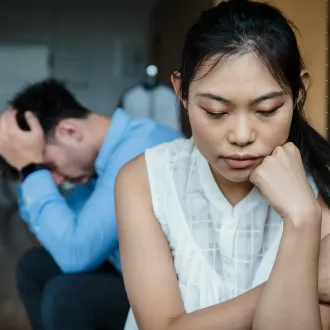Transcription Body language: postures, gestures and look
Body language is a form of non-verbal communication that can be used both consciously and unconsciously, and is very important in couple communication. Through body language, emotions, attitudes, intentions and feelings can be transmitted without using words. At this point, we will explain in detail what body language is, how it manifests itself through postures, gestures and gaze, and how it influences the couple's relationship.
How is body language expressed?
Body language is a non-verbal means of communication that uses the body, gestures, facial expressions and gaze to convey information. Through body language, people can show their emotions, attitudes, intentions and feelings more quickly and directly than with words.
Body language is a form of communication that is present in all cultures and is used consciously and unconsciously. It can also be used to complement verbal communication. When a person speaks, they can use gestures and postures to emphasize or clarify what they are saying.
Body language can also be used to contradict verbal communication. When a person says something but his body language indicates otherwise, his interlocutor may feel that he is not being sincere. For example, if a person says that he is happy but has his arms crossed and his eyes lowered, his interlocutor may feel that he is not being sincere.
Postures: Body postures are an important form of body language used to convey emotions, attitudes and feelings. Body postures can indicate whether a person feels confident or insecure, open or closed, relaxed or tense, etc. Therefore, it is important to pay attention to your partner's body postures, as they can reveal a lot about how you are feeling.
Some common body postures include:
- Relaxed posture: This posture indicates that the person is comfortable and relaxed. The person may be sitting or standing, but his or her body will be loose and without tension. The person may have relaxed arms and legs and open hands.
- Closed posture: This posture indicates that the person is uncomfortable or threatened. The person may cross his or her arms or legs, slouch, or look down. This posture may indicate that the person does not want to talk or feels defensive.
- Open posture: This posture indicates that the person is comfortable and confident. The person may have his or her legs apart and hands on the waist. This posture may indicate that the person is open to communication and willing to interact with others.
- Upright posture: This posture indicates confidence and self-assurance. The person will have a straight back and shoulders back. This posture may indicate that the person is ready to face challenges and make difficult decisions.
- Stooped posture: This posture indicates insecurity and lack of self-confidence. The person may have a hunched back and shoulders forward. This posture may indicate that the person feels intimidated or overwhelmed.
- Hands-in-pockets posture: This posture may be indicative of relaxation and comfort, but may also be interpreted as a lack of interest or engagement. The person may have their hands completely in their pockets or simply their fingers in their pockets.
It is important to remember that the interpretation of body postures must be considered in the context of the situation and the person's personality. In addition, body postures can be influenced by cultural factors, so it is important to take cultural differences into account when interpreting nonverbal communication.
body language




